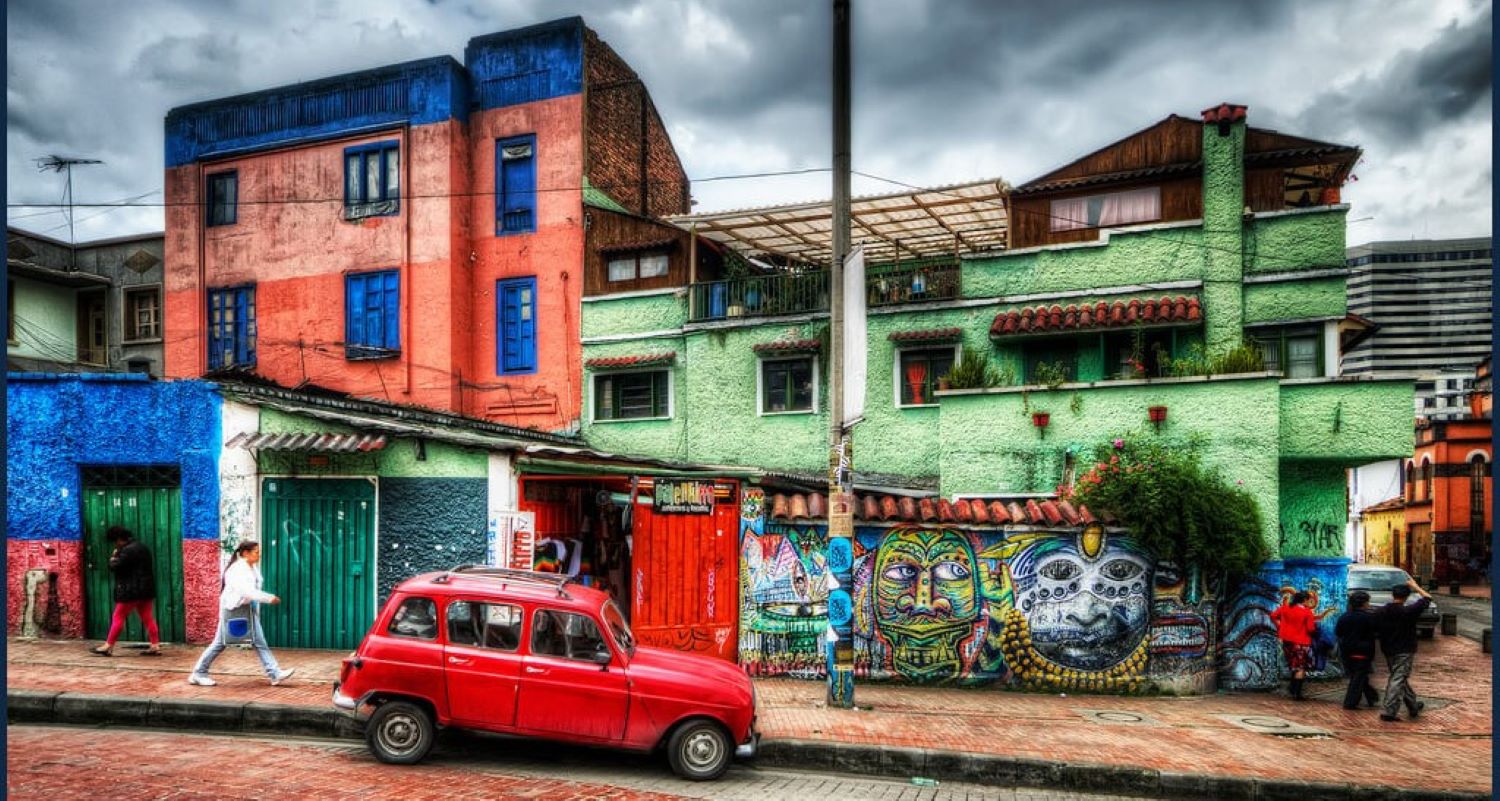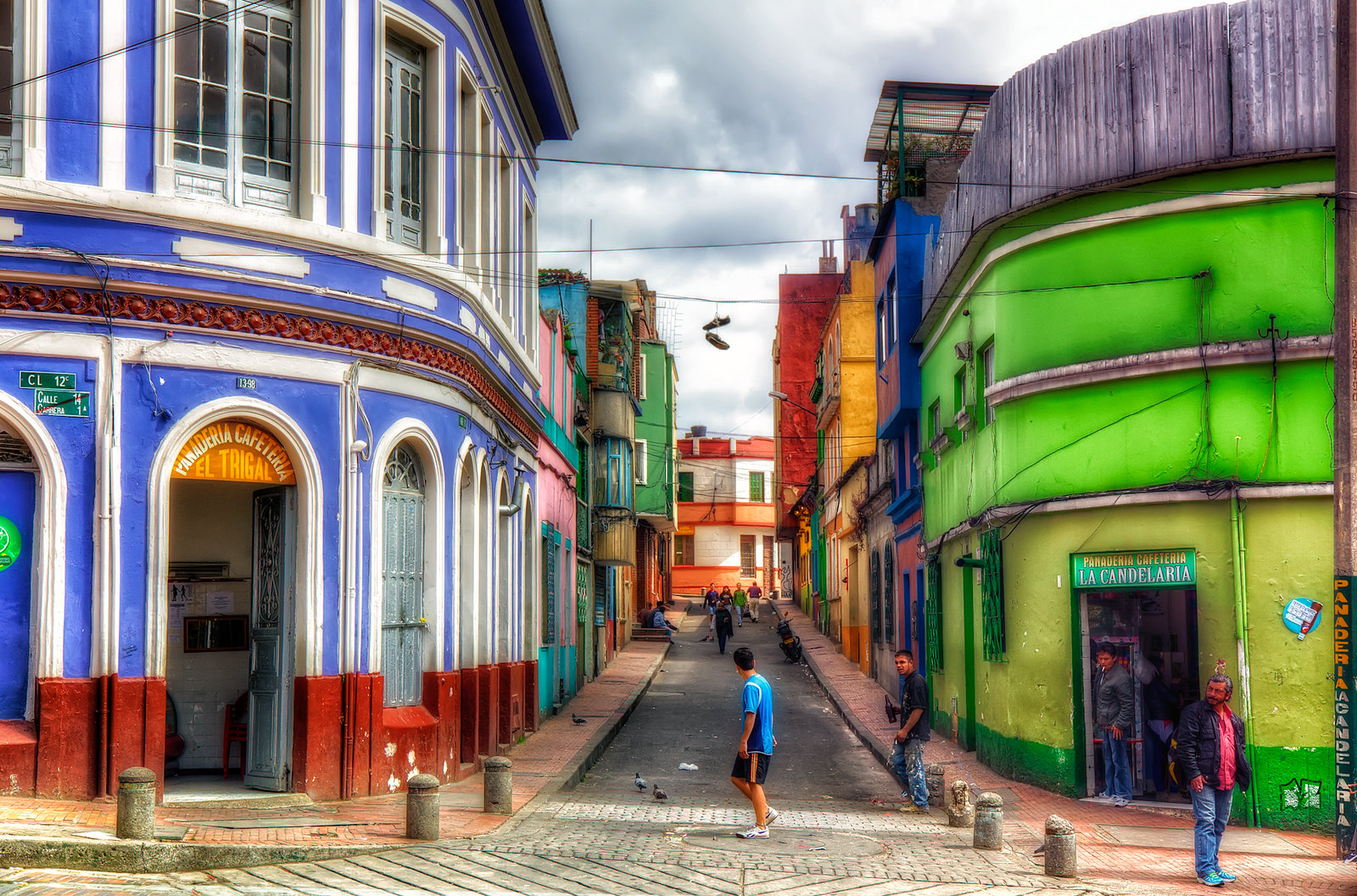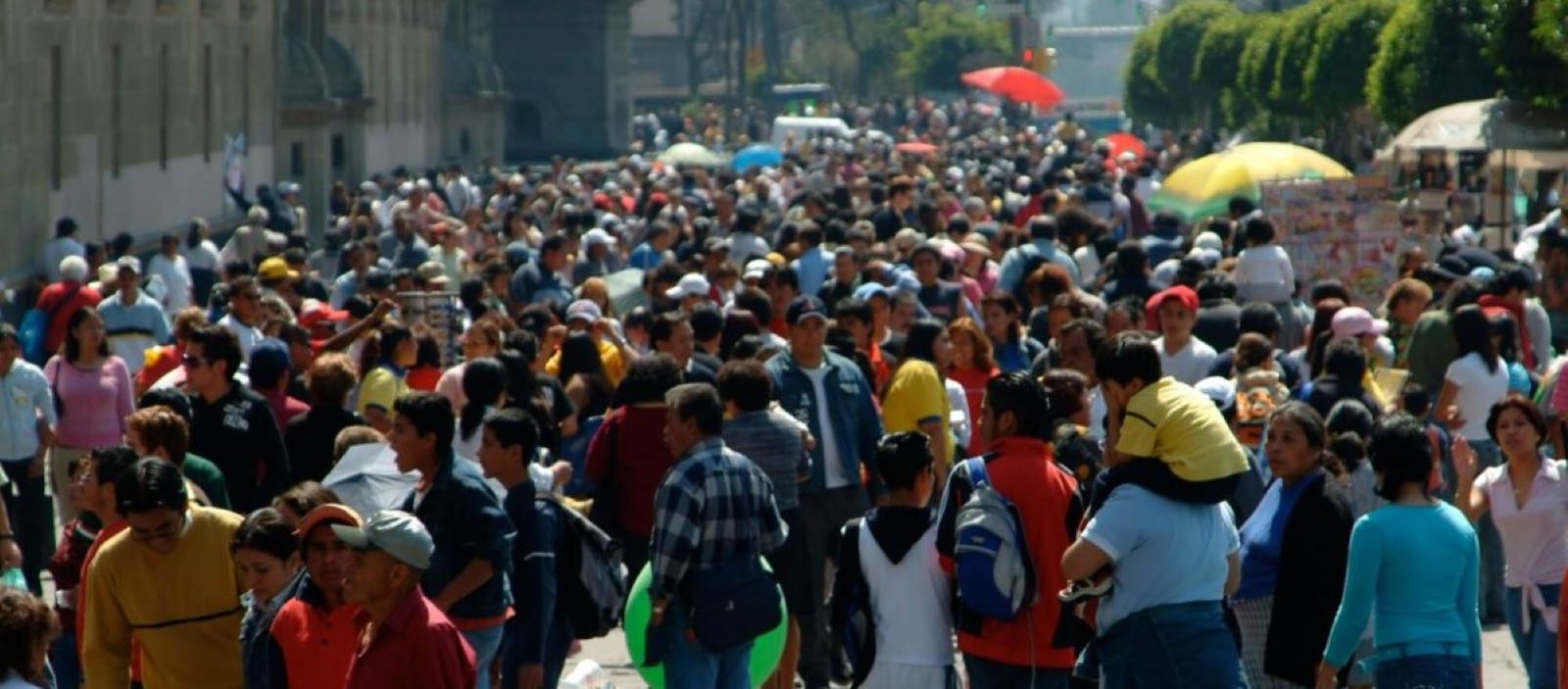Reparations as development: Evidence from the victims of the Colombian armed conflict

Study Context
Colombia has the longest internal conflict in the Western Hemisphere. Over the last 60 years, this conflict has created 8.5 million victims, claimed 270,000 deaths, and forcibly displaced 7.6 million people. Since 2002, Colombia has embarked on a transition into peace and reconciliation, eventually signing a peace treaty with its most violent guerilla group, FARC, in 2016. As part of this transition process, Colombia adopted the Victim’s Law (Law 1448/2011) with the purpose of restoring victims’ rights. The law included land restitution programs, humanitarian aid to households in emergency conditions, and large lump-sum cash compensations.
Can reparations for victims of human rights violations help rebuild lives? We estimate the effects of reparations throughout victims’ life cycle, leveraging variation from Colombia’s program for victims of internal armed conflict. The reparations consist of one-off, lump- sum payments of up to US $10,000 (PPP US $26,000) and represent, on average, three times recipients’ annual household income.
Study Design
What is the effect of cash transfers on the individuals that receive the transfers (e.g., labor market outcomes, business entrepreneurship, access to formal credit, land use, agricultural productivity)? What are the general equilibrium effects of cash transfers (e.g., prices)?
Given policy rollout began in 2011, a randomized experiment is not possible today. We link comprehensive national administrative (panel) microdata and measure numerous outcomes, including entrepreneurship, (formal) employment, home and land ownership, consumption through the credit market, health, and schooling. We exploit the staggered rollout of reparation payouts and the unanticipated timing of their receipt using event study and before/after approaches to estimate causal effects.
Results and Policy Lessons
We find clear evidence that reparations improve victims’ lives throughout their life cycle, with positive and economically meaningful gains in wage earnings, health, and consumption. Moreover, victims use the reparations to fund productive investments, boosting entrepreneurship and firm survival as well as land and home ownership. For victims’ children, the reparation improves college attendance and their performance in standardized exams. As a result, reparations can narrow the gap formed due to conflict and improve victims’ long-term well-being.






